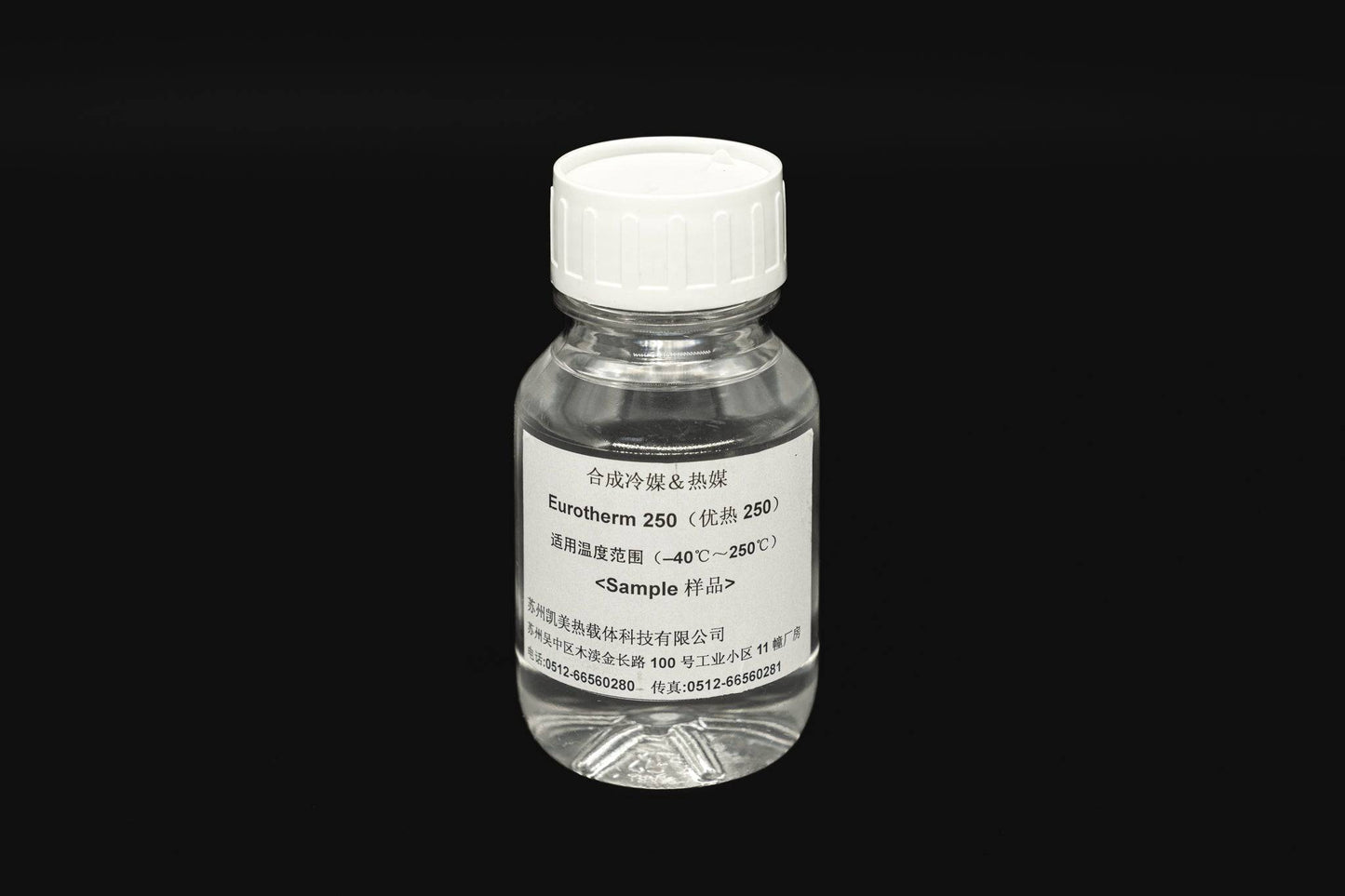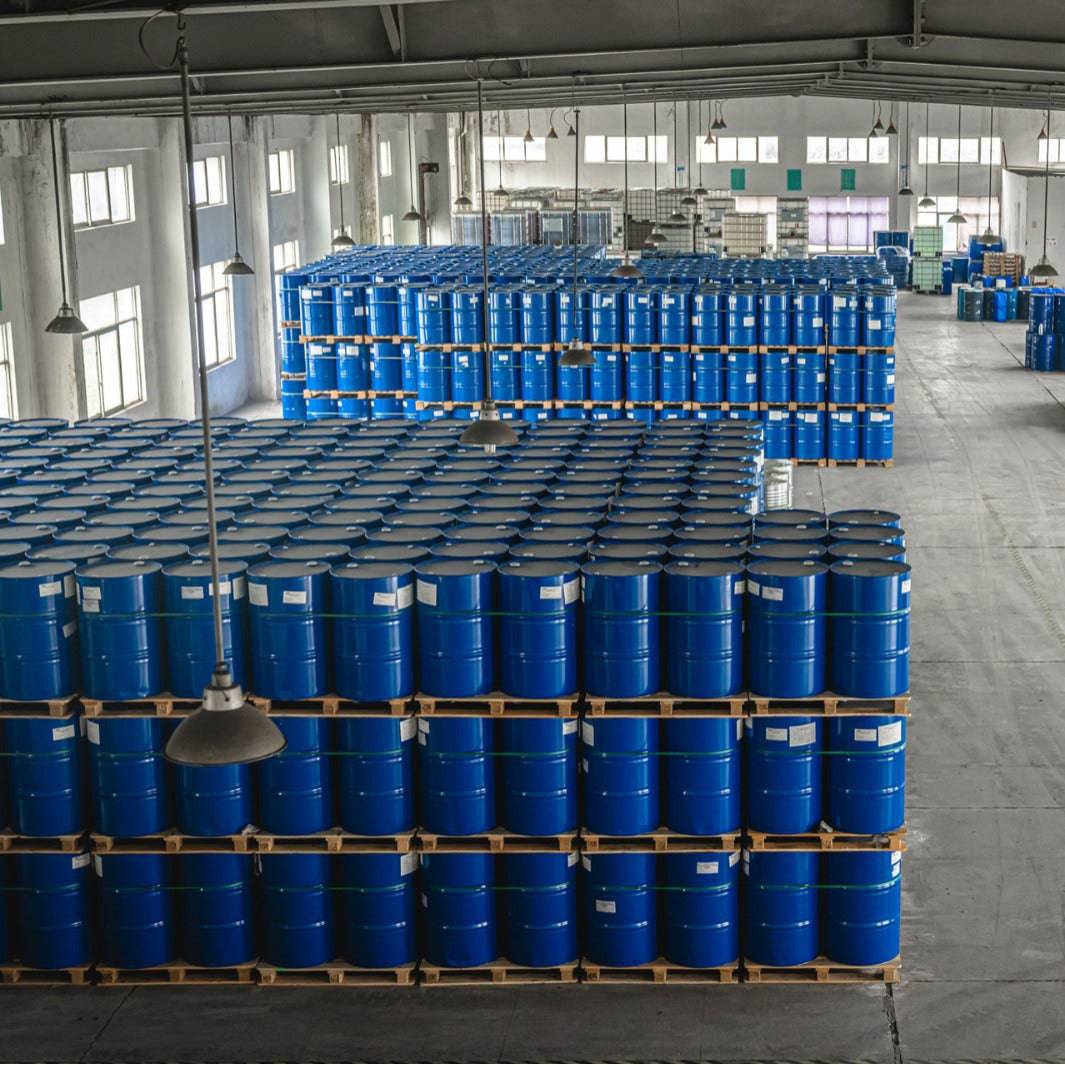The Greatest Guide To Chemie
The Greatest Guide To Chemie
Blog Article
Some Known Incorrect Statements About Chemie
Table of ContentsSome Ideas on Chemie You Should KnowGetting The Chemie To WorkThe Only Guide to ChemieGetting The Chemie To WorkHow Chemie can Save You Time, Stress, and Money.Chemie - Truths
By Bojanna Shantheyanda, Sreya Dutta, Kevin Coscia and David SchiemerDynalene, Inc. Liquid cooling, which can be attained making use of indirect or direct means, is utilized in electronics applications having thermal power densities that might surpass safe dissipation through air cooling. Indirect fluid air conditioning is where heat dissipating digital components are literally separated from the liquid coolant, whereas in situation of straight air conditioning, the elements remain in straight call with the coolant.However, in indirect air conditioning applications the electrical conductivity can be vital if there are leakages and/or splilling of the fluids onto the electronic devices. In the indirect air conditioning applications where water based fluids with rust preventions are normally used, the electric conductivity of the liquid coolant mainly depends upon the ion focus in the fluid stream.
The boost in the ion concentration in a shut loophole fluid stream might occur as a result of ion seeping from metals and nonmetal elements that the coolant fluid touches with. During operation, the electrical conductivity of the liquid might raise to a level which can be harmful for the air conditioning system.
Chemie Fundamentals Explained
(https://writeablog.net/chemie999/dielectric-coolant-the-future-of-efficient-heat-transfer-fluids)They are bead like polymers that are capable of exchanging ions with ions in an option that it touches with. In the here and now job, ion leaching examinations were carried out with numerous steels and polymers in both ultrapure deionized (DI) water, i.e. water which is treated to the highest levels of purity, and reduced electric conductive ethylene glycol/water mixture, with the determined modification in conductivity reported over time.
The samples were permitted to equilibrate at room temperature for two days before recording the initial electrical conductivity. In all tests reported in this research study fluid electrical conductivity was determined to a precision of 1% making use of an Oakton CON 510/CON 6 series meter which was adjusted prior to each dimension.
Top Guidelines Of Chemie
from the wall surface heating coils to the facility of the furnace. The PTFE sample containers were positioned in the heating system when constant state temperature levels were gotten to. The test arrangement was gotten rid of from the heating system every 168 hours (seven days), cooled to space temperature with the electrical conductivity of the fluid gauged.
The electric conductivity of the liquid sample was kept track of for a total amount of 5000 hours (208 days). Schematic of the indirect closed loop cooling experiment set-up. Components utilized in the indirect closed loop cooling down experiment that are in contact with the liquid coolant.

How Chemie can Save You Time, Stress, and Money.
Throughout operation the fluid storage tank temperature level was kept at 34C. The adjustment in fluid electric conductivity was checked for 136 hours. The liquid from the system was accumulated and kept. Similarly, closed loophole test with ion exchange resin was brought out with the exact same cleaning procedures employed. The initial electrical conductivity of the 230ml UP-H2O in the system determined 1.84 S/cm.

0.1 g of Dowex material was included to 100g of fluid examples that was absorbed a different container. The blend was mixed and change in the electric conductivity at space temperature was determined every hour. The measured modification in the electric conductivity of the UP-H2O and EG-LC test fluids consisting of polymer or steel when engaged for 5,000 hours at 80C is revealed Number 3.
Chemie Things To Know Before You Buy
Ion leaching experiment: Measured change in electrical conductivity of water and EG-LC coolants including either polymer or steel samples when submersed for 5,000 hours at 80C. The outcomes indicate that steels contributed fewer ions right into the fluids than plastics in both UP-H2O and EG-LC based coolants.
Liquids consisting of polypropylene and HDPE displayed the lowest electrical conductivity changes. This could be due to the short, inflexible, linear chains which are less most likely to contribute ions than longer branched chains with weaker intermolecular forces. Silicone likewise carried out well in both examination liquids, as polysiloxanes are usually chemically inert because of the high bond energy of the silicon-oxygen bond which would stop deterioration of the product right into the fluid.
The smart Trick of Chemie That Nobody is Talking About
It would be anticipated that PVC would certainly generate similar outcomes to those of PTFE and HDPE based on the similar chemical frameworks of the products, nonetheless there may be various other impurities existing in the PVC, such as plasticizers, that may impact the electric conductivity of the fluid - fluorinert. Additionally, chloride groups in PVC can likewise leach into the examination liquid and can trigger a rise in electrical conductivity
Polyurethane totally disintegrated into the test fluid by the end of 5000 hour examination. Prior to and after photos of steel and polymer examples immersed for 5,000 hours at 80C in the ion seeping experiment.
Calculated change in the electric conductivity of UP-H2O coolant as a function of time with and without material cartridge in the shut indirect air conditioning loophole experiment. The measured change in electrical conductivity of the UP-H2O for 136 hours with and without ion exchange material in the loop is received Number 5.
Report this page